Unveiling the Smile Solution: BOTOX® for Dental Health
In the quest for a radiant smile, many of us overlook the intricate connection between our facial muscles and oral health. Beyond its well-known cosmetic applications, BOTOX® has emerged as a surprising ally in the realm of dental care. BOTOX® is proving to be a game-changer in relieving the tension and pain associated with clenching, grinding, and even Temporomandibular Joint (TMJ) disorder.
Understanding the Link:
The temporomandibular joint connects your jawbone to your skull, facilitating essential movements like chewing and speaking. Clenching or grinding your teeth, common issues that often go unnoticed, can lead to muscle tension, headaches, and even more severe conditions like TMJ disorder. The muscles responsible for these actions are intricately connected to your facial expressions, and this is where BOTOX® steps in.
Beyond its widely celebrated cosmetic benefits, BOTOX® has been gaining recognition for its therapeutic applications, particularly in the dental field. Dentists in Alberta are now harnessing the power of this neurotoxin to address dental issues related to muscle tension and dysfunction.
How BOTOX® Works:
BOTOX® works by blocking nerve signals in the muscles where it is injected. In the context of dental health, this means that the muscles responsible for clenching or grinding can be temporarily paralyzed, providing relief from tension and pain. This not only alleviates the symptoms but also helps break the cycle of habitual clenching and grinding.
Benefits of BOTOX® in Dentistry:
Pain Relief: BOTOX® injections can significantly reduce the pain associated with TMJ disorder, clenching, and grinding, offering patients a much-needed respite from chronic discomfort.
Muscle Relaxation: By targeting the specific muscles involved in jaw movement, BOTOX® helps relax these muscles, preventing them from overworking and causing tension.
Prevention of Dental Damage: Clenching and grinding can lead to the wear and tear of teeth, chipping, and even fractures. BOTOX® aids in preventing such dental damage by addressing the root cause.
Non-Invasive Treatment: Unlike some traditional treatments for TMJ disorder, BOTOX® is a minimally invasive option that does not require surgery or extensive recovery time.
Patient Experience:
Patients who have undergone BOTOX® treatments for dental issues often report a noticeable improvement in symptoms within a few days. The reduction in pain and muscle tension not only enhances their overall well-being but also positively impacts their daily lives by allowing them to enjoy meals, speak, and smile without discomfort.
As the boundaries between cosmetic and therapeutic applications of BOTOX® continue to blur, its emergence as a dental solution in Alberta showcases its versatility. Dentists now have a powerful tool to offer relief to patients struggling with the consequences of clenching, grinding, and TMJ disorder. With BOTOX®, the journey to a healthier, pain-free smile has taken an innovative turn, demonstrating that sometimes, the solution lies in unexpected places.
Interested in Botox? Give us a call!
